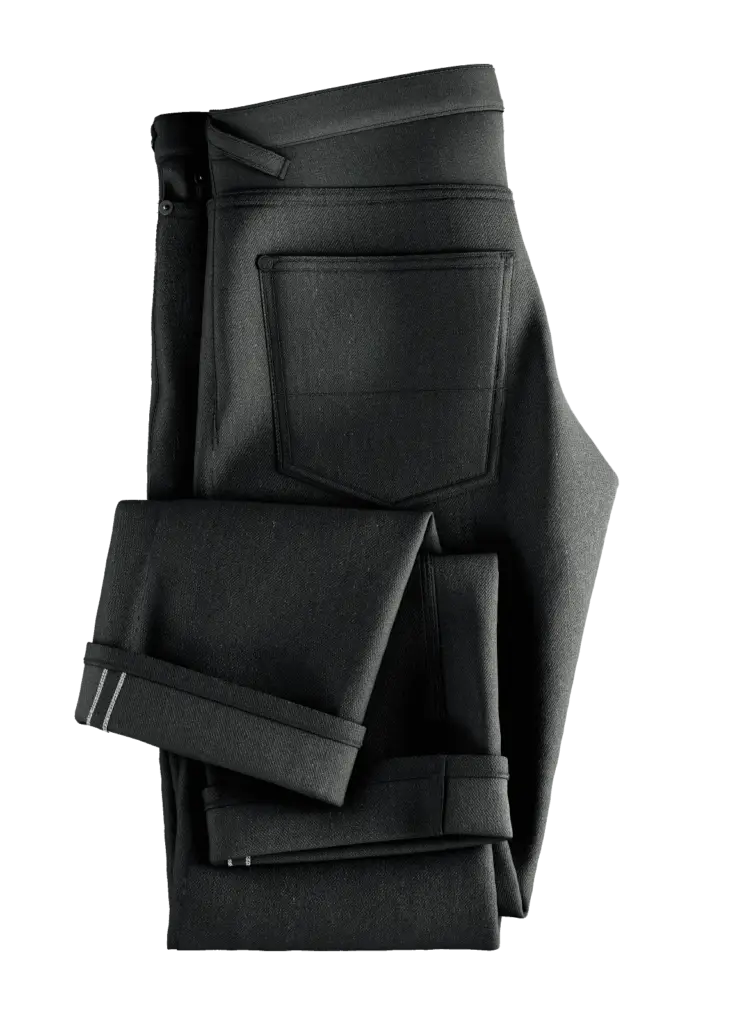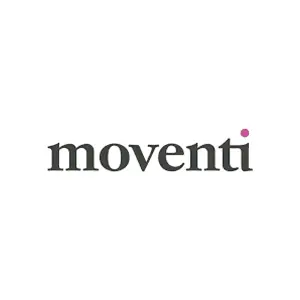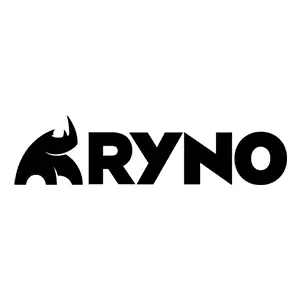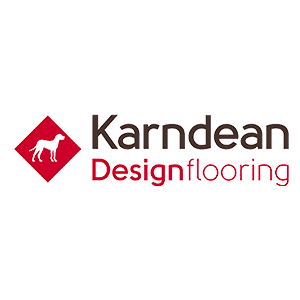From Lenses to Pixels: A Comprehensive Look at Static Photography vs. 3D Visual Tools for E-commerce
In the fast-paced world of e-commerce, the way products are visually presented can make or break a sale. Traditionally, businesses have relied on static photography to showcase their products, but the rise of 3D visual tools offers a compelling alternative. This blog post delves into the advantages and challenges of both methods, providing a detailed comparison through a day in the life of using a professional photographer versus 3D visual tools.
A Day in the Life of Using a Professional Photographer
Initial Consultation and Planning
The process begins with an initial consultation where the business owner and photographer discuss the project’s vision. This step ensures that both parties have a clear understanding of the desired outcome. The planning stage might include mood boards, style guides, and detailed shot lists.
Scheduling the Photoshoot
Once the plan is set, the next step is to schedule the photoshoot. This can involve coordinating with various stakeholders and securing a suitable time slot, which can sometimes take weeks depending on availability.
Preparing Products for Photography
On the day of the shoot, products need to be meticulously prepared. This includes cleaning, assembling, and sometimes even repairing items to ensure they look perfect on camera.
Setting Up the Studio/Scene
The photographer sets up the studio or on-location scene. This setup includes arranging lighting, backdrops, and props to create the ideal environment for the shoot. This stage is critical for achieving the desired aesthetic and can be very time-consuming.
The Photoshoot Process
During the photoshoot, the photographer captures multiple angles and perspectives of each product. This process requires patience and precision to ensure that each shot meets the set standards.
Post-Processing and Editing
After the shoot, the photographer transfers the images to a computer for editing. This post-processing stage includes retouching, colour correction, and other enhancements to ensure the images look professional.
Reviewing and Selecting Final Images
The business owner then reviews the edited images and selects the final ones to be used on the e-commerce site. This step might involve additional revisions to meet the exact requirements.
Delivery and Integration into the E-commerce Site
Finally, the selected images are delivered in the required formats and integrated into the e-commerce platform. This involves uploading the images, adding descriptions, and ensuring they are displayed correctly.

A Day in the Life of Using 3D Visual Tools
Initial Setup and Software Integration
The journey with 3D visualisation begins with setting up the necessary software. This involves installing the programs and integrating them with the e-commerce platform.
Importing or Creating 3D Models
Next, the business imports existing 3D models of their products or creates new ones. This can be done in-house or by outsourcing to professionals who specialise in 3D modelling.
Customizing and Positioning Models
With the 3D models ready, customization begins. This includes adjusting colours, textures, and details to match the actual products. Models can be positioned and arranged in virtual environments, offering unlimited creative possibilities.
Adjusting Lighting and Environments Digitally
Unlike traditional photography, 3D visualisation tools allow for digital adjustments of lighting and environments. This flexibility ensures that visuals can be tailored to different settings and styles without the need for physical props or studio setups.
Real-Time Rendering and Adjustments
One of the significant advantages of 3D visualisation tools is real-time rendering. Changes can be made on the fly, and the results are instantly visible. This feature streamlines the process and allows for quick iterations and refinements.
Final Touches and Exporting Visuals
Once satisfied with the visuals, final touches are added, and the images are exported in the desired formats. The high-quality renders are ready for immediate use on the e-commerce site.
Integration into the E-commerce Platform
The final step involves integrating the 3D visuals into the e-commerce platform. Similar to static photography, this includes uploading the images and ensuring proper display and functionality.

Time Efficiency
3D visual tools significantly reduce the time required to create and edit product images. Real-time rendering allows for immediate viewing and adjustment, eliminating the lengthy post-processing stage required in traditional photography.
Cost Savings
By using 3D visualisation tools, businesses can eliminate the costs associated with hiring professional photographers, renting studios, and purchasing physical props. Additionally, 3D models can be reused and adapted for different campaigns, providing long-term cost savings.
Flexibility in Customization
3D visualisation tools offer unparalleled flexibility. Changes to colours, textures, and arrangements can be made easily without the need for reshoots. This is particularly beneficial for businesses that frequently update their product lines or run seasonal campaigns.
Consistency in Visuals
With 3D visualisation tools, businesses can ensure a consistent look and feel across all product images. This uniformity enhances brand cohesion and provides a professional appearance on the e-commerce site.
Enhanced Customer Engagement
Interactive 3D content can significantly enhance customer engagement. By allowing customers to view products from multiple angles and interact with them in a virtual space, businesses can create a more immersive and satisfying shopping experience.
Implementation Tips
- Choose the Right Software:
- Research and select 3D visualisation software that fits your business needs and integrates seamlessly with your e-commerce platform.
- Invest in Quality Models:
- Ensure that your 3D models are of high quality and accurately represent your products. Investing in professional 3D modelling can pay off in the long run.
- Utilise Real-Time Rendering:
- Take advantage of real-time rendering features to make quick adjustments and view results instantly.
- Train Your Team:
- Provide training for your team on how to use 3D visual tools effectively. This will maximise the benefits and streamline the content creation process.
- Experiment with Interactive Features:
- Explore interactive features such as 360-degree views and augmented reality to further engage your customers.
Future Trends in E-commerce Visuals
- Augmented Reality (AR):
- AR is becoming increasingly popular in e-commerce, allowing customers to visualise products in their own environment before making a purchase. Integrating AR with 3D models can provide a cutting-edge shopping experience.
- Virtual Reality (VR):
- VR offers a fully immersive shopping experience, enabling customers to explore virtual showrooms and interact with products in a lifelike setting. This technology is still emerging but has the potential to revolutionise e-commerce.
- AI-Driven Customization:
- Artificial Intelligence (AI) can enhance 3D visualisation by providing personalised recommendations and customizations based on customer preferences and behaviour.
- Sustainability and Virtual Prototyping:
- Using 3D visualisation tools for virtual prototyping can reduce waste and support sustainability initiatives. Businesses can create and test product designs digitally before committing to physical production.
Conclusion
In the ever-evolving landscape of e-commerce, visual content remains a critical factor in driving sales and customer engagement. While traditional static photography has been the go-to method for many years, 3D visualisation tools offer a modern and efficient alternative. By comparing a day in the life of using a professional photographer with that of utilising 3D visualisation tools, it is evident that digital tools can save time, reduce costs, and enhance the overall quality and consistency of product visuals.
Are you ready to elevate your e-commerce visuals? Contact us today to learn more about how 3D visualisation tools can transform your product presentation. Book a Demo, Schedule a Call, or Contact Us for a personalised consultation.
Join the Visual Commerce Revolution
Experience the power of visual commerce firsthand. Contact us today to schedule a demo and see how our solutions can transform your e-commerce business. A member of the team will get back to you as soon as possible.



















